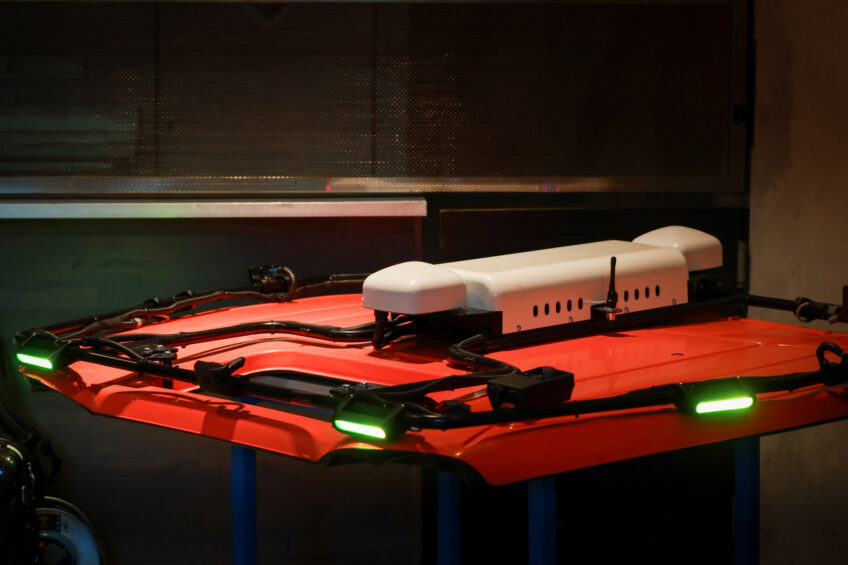Kubota is working on an autonomous driving kit

The machinery manufacturer Kubota showcased its new development at a meeting in Spain: a kit that allows tractors to operate autonomously.
This technology comes from a French startup with which Kubota has formed a partnership. The system is still in development, and Kubota anticipates it will take another two to five years before the kit, which can fit various tractor models, is available for purchase.
CVT, GPS, and TIM
Kubota demonstrated the autonomy kit on an M7004 tractor. The kit should work with any tractor model, as long as it is equipped with a continuously variable transmission (CVT), an RTK GPS steering system, and TIM (Tractor Implement Management).
Text continues below picture

Everything mounted on the roof
The entire setup is mounted on the roof, consisting of one module for precision, one for safety, cameras around the vehicle, and two Lidar sensors. The kit includes a remote control that allows users to initiate work. The roof bracket is also equipped with lights, which indicate the tractor’s status through color: yellow lights mean the autonomous tractor is ready to start, and blue lights signal that it is in operation.
Forward motion only
For now, the tractor can only drive forward, so it cannot yet turn around at the headland. The goal is for the tractor to be able to reverse in the future, which will require adding additional Lidar sensors to monitor the rear.




